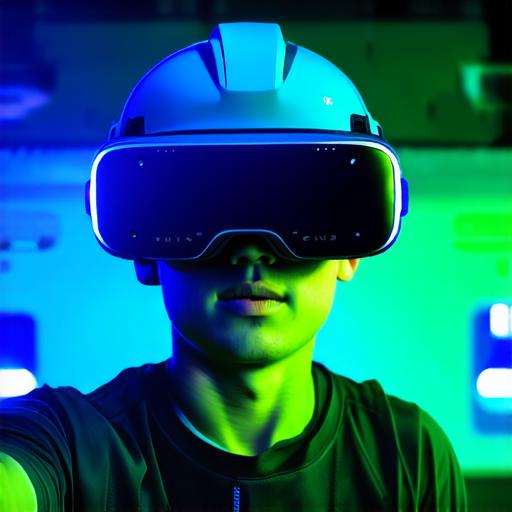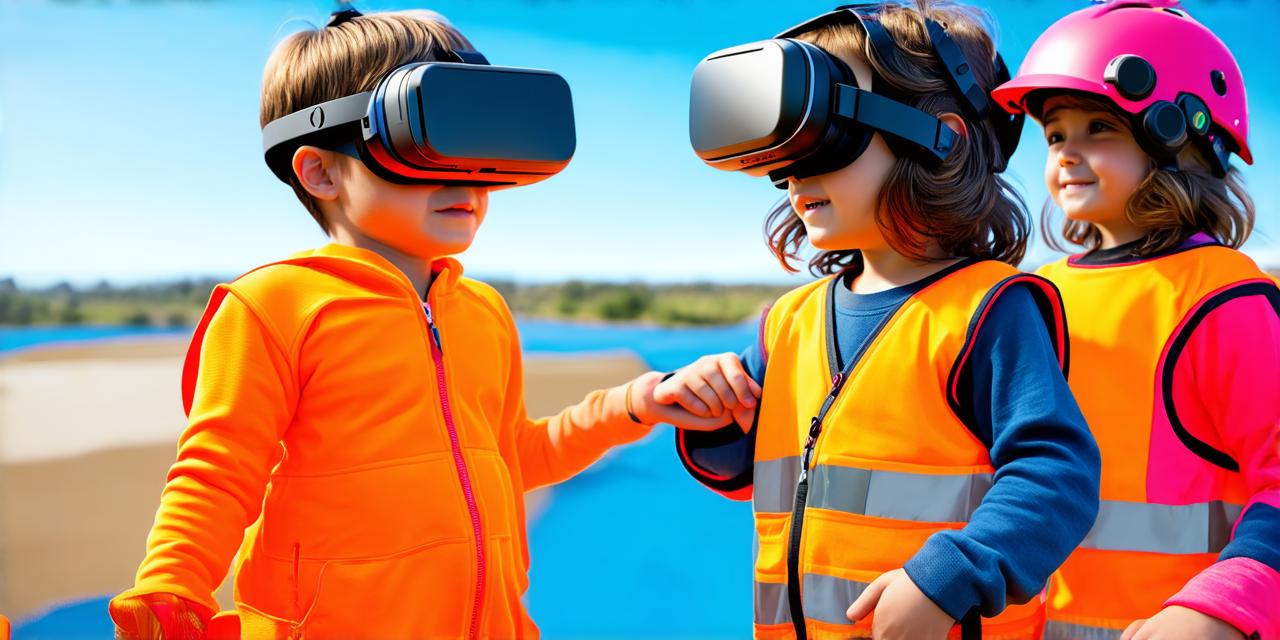Virtual reality (VR) technology has been advancing rapidly in recent years, and it is becoming increasingly popular among children. While VR can be a fun and engaging way for kids to learn and play, there are concerns about its safety and potential negative effects on their development. In this article, we will explore the current state of research on VR safety for kids, examine some real-life examples of VR use in education and entertainment, and consider the potential risks and benefits associated with this emerging technology.
Benefits of Virtual Reality for Kids
One of the main reasons why VR is gaining popularity among children is its ability to provide immersive and engaging experiences that can help them learn and grow in new and exciting ways. For example, VR can be used in education to simulate real-world scenarios and allow kids to explore complex topics such as history, science, and art. It can also be used in entertainment to create interactive games and experiences that promote physical activity and social skills.
Some studies have shown that VR can improve children’s cognitive abilities, including memory, attention, and problem-solving skills. In one study, children who used VR to learn about ancient Rome showed better recall of facts and details compared to those who learned through traditional methods. Another study found that kids who played a VR game that required them to solve puzzles and navigate mazes showed improved spatial reasoning skills.
Real-Life Examples of Virtual Reality in Education and Entertainment
There are many examples of how VR is being used in education and entertainment to benefit children. One popular example is the use of VR in language learning. In a study published in the Journal of Computer-Assisted Language Learning, researchers found that students who used VR to practice their Spanish skills showed significant improvements in their vocabulary and grammar compared to those who did not use VR.
Another example is the use of VR in physical therapy for children with disabilities. A study published in the Journal of Rehabilitation Technology found that children with cerebral palsy who used VR to practice walking showed improvements in their gait speed and balance compared to those who did not use VR.

Potential Risks and Negative Effects of Virtual Reality for Kids
While VR can be a fun and engaging way for kids to learn and grow, there are also potential risks and negative effects that should be considered. One concern is the potential for motion sickness and other physical symptoms associated with prolonged use of VR headsets. Some children may also become disoriented or confused when using VR, especially if they have not used it before.
There are also concerns about the potential impact of VR on children’s social and emotional development. For example, some studies have found that excessive use of technology, including VR, can lead to decreased social skills and increased feelings of isolation and loneliness in children.
Expert Opinions and Recommendations
Experts in the field of VR and child development recommend caution when it comes to using VR with kids. They suggest that parents and educators should limit the amount of time children spend using VR, ensure that they are using age-appropriate content, and encourage them to take breaks and engage in other forms of physical activity.
Some experts also recommend involving parents and educators in the development and implementation of VR programs for kids, to ensure that they are aligned with educational goals and promote positive outcomes for children’s development.
Conclusion
Virtual reality technology has the potential to provide many benefits for children, including immersive learning experiences and improved cognitive abilities.
